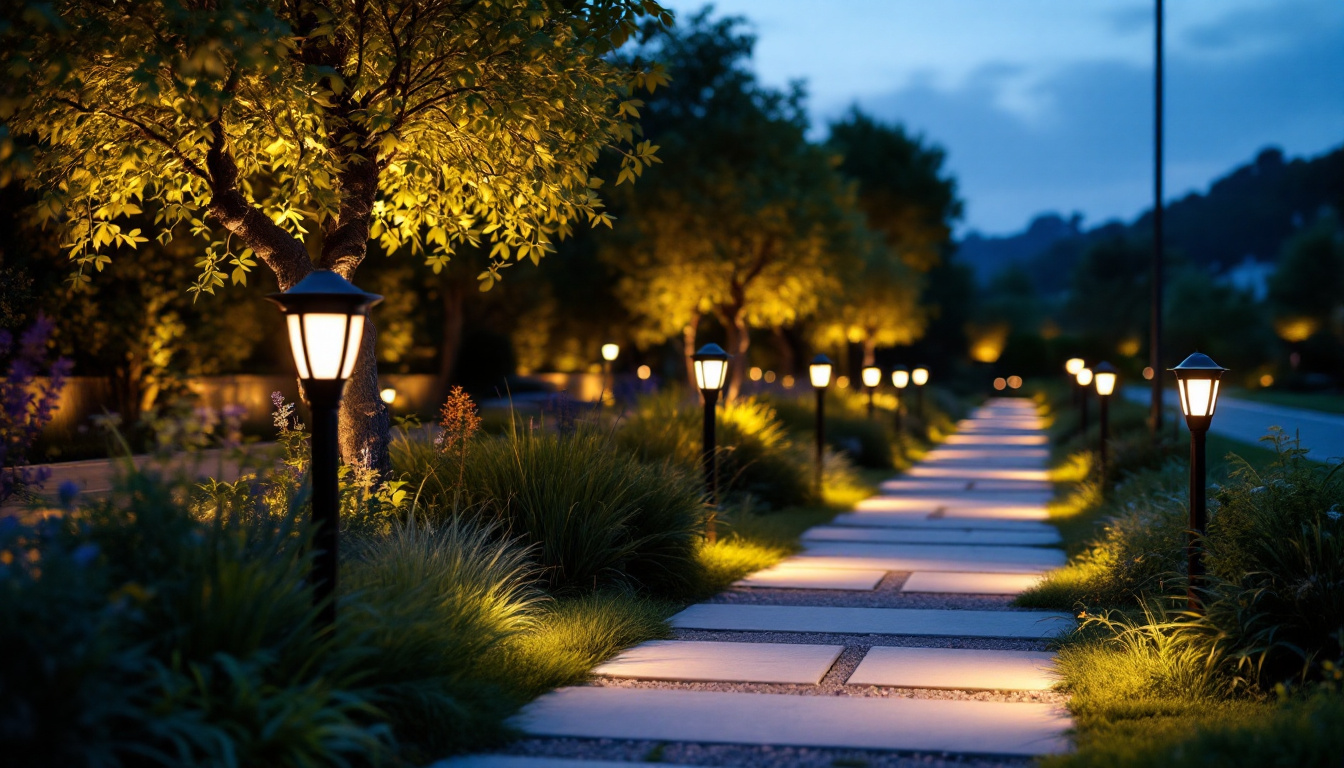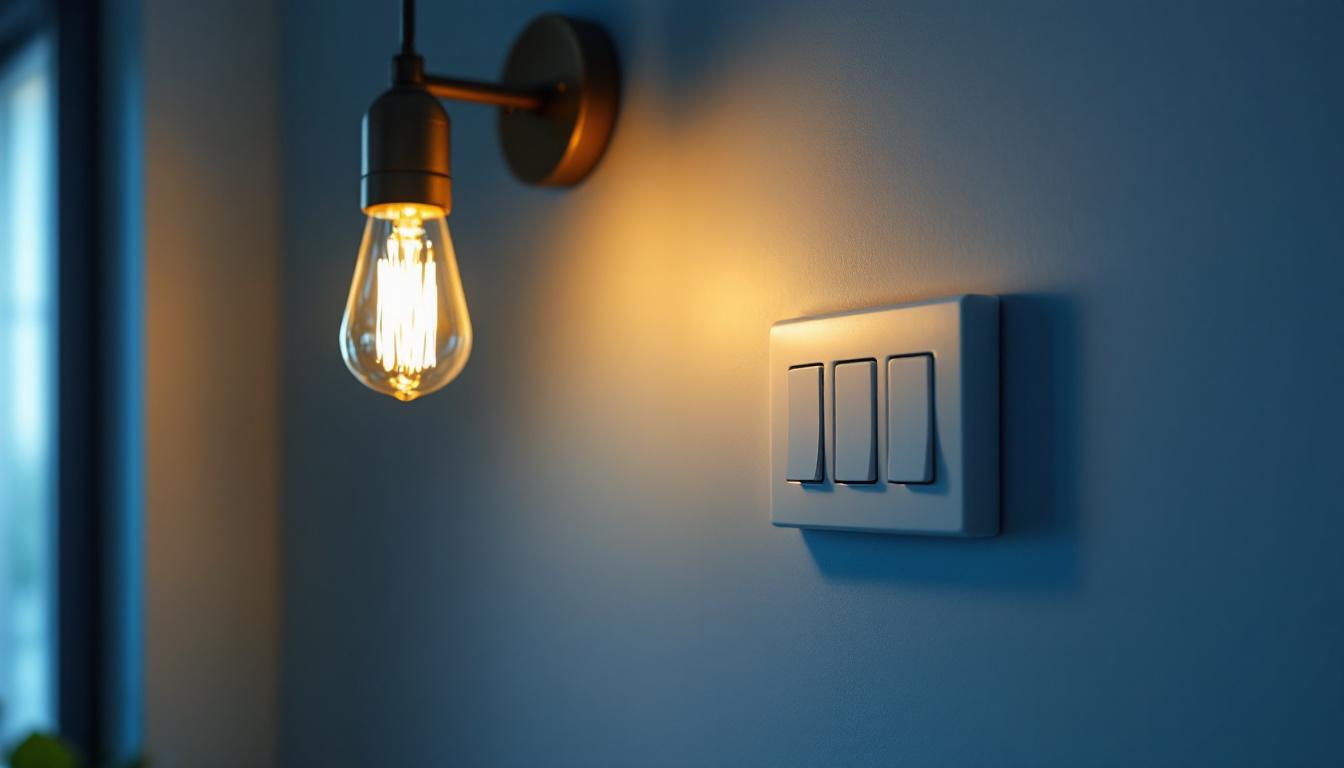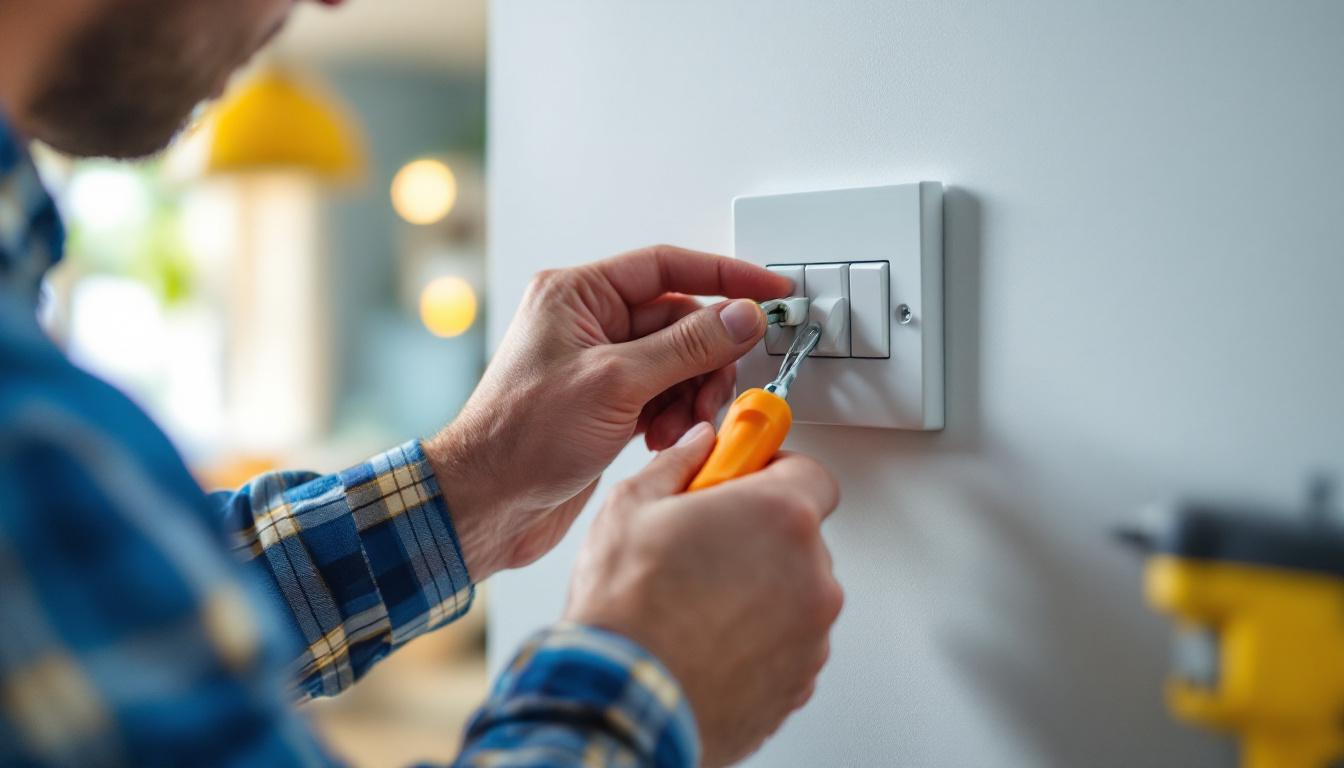
Pathway lighting plays a crucial role in enhancing both the aesthetic appeal and safety of outdoor spaces. As lighting contractors, recognizing the value of these products can significantly elevate the quality of your projects. Pathway lights not only illuminate walkways but also guide visitors through gardens, parks, and commercial properties, ensuring a pleasant experience after dark.
Moreover, effective pathway lighting can deter unwanted activity, providing a sense of security for both residents and visitors. By integrating these products into your lighting designs, you are not just illuminating a path; you are creating a welcoming environment that encourages exploration and enjoyment of outdoor spaces.
One of the primary functions of pathway lighting is to enhance safety. Well-lit walkways reduce the risk of accidents, such as trips and falls, especially in residential areas where children and elderly individuals may be present. The right lighting can highlight potential hazards, such as steps or uneven surfaces, making it easier for everyone to navigate the area.
Accessibility is another critical aspect. Pathway lighting ensures that all individuals, regardless of their mobility, can safely traverse outdoor spaces. This is particularly important in public areas, where compliance with accessibility standards is essential. By incorporating pathway lighting, contractors can demonstrate their commitment to inclusivity and safety.
Beyond safety, pathway lighting contributes significantly to the overall ambiance of a space. The right fixtures can enhance the architectural features of a property while also showcasing landscaping elements. Different lighting styles, such as soft glows or dramatic highlights, can transform a mundane pathway into a visually stunning experience.
For commercial properties, well-designed pathway lighting can create a welcoming atmosphere that encourages foot traffic. Restaurants, hotels, and retail spaces can benefit from strategically placed lights that draw attention to entrances and outdoor seating areas. This not only enhances the customer experience but can also lead to increased business opportunities.
Additionally, the choice of lighting technology can further influence the aesthetic and functional qualities of pathway lighting. LED fixtures, for instance, are not only energy-efficient but also offer a wide range of color temperatures, allowing for customization that aligns with the desired mood of the space. From warm, inviting tones that create a cozy feel to cooler, brighter lights that enhance visibility, the options are plentiful. Furthermore, integrating smart lighting solutions can provide dynamic control over brightness and color, enabling property owners to adapt the ambiance for different occasions or seasons.
In residential settings, homeowners can use pathway lighting to express their personal style. Decorative fixtures, such as lantern-style lights or modern minimalist designs, can complement the home’s architecture while providing practical illumination. Moreover, incorporating solar-powered lights can add an eco-friendly touch, allowing homeowners to illuminate their pathways without impacting their energy bills. This combination of style and sustainability not only beautifies the property but also reflects a growing trend towards environmentally conscious living.
When it comes to selecting pathway lighting products, contractors have a variety of options to choose from. Understanding the different types available can help in making informed decisions that align with the specific needs of each project.
From solar-powered fixtures to low-voltage systems, each type of pathway lighting serves a unique purpose and offers distinct advantages. Here, we explore some of the most popular options available in the market.
Solar-powered pathway lights are an increasingly popular choice due to their eco-friendliness and ease of installation. These lights harness solar energy during the day, storing it in batteries for use at night. This eliminates the need for electrical wiring, making them a cost-effective option for many projects.
Moreover, solar lights come in various styles and designs, allowing contractors to select fixtures that complement the overall aesthetic of the landscape. While they may have limitations in terms of brightness compared to wired options, advancements in solar technology are continually improving their performance.
Low-voltage pathway lighting systems are another excellent option for contractors looking to provide effective illumination without the complexities of standard electrical systems. These systems operate on a lower voltage, reducing energy consumption and installation costs.
Low-voltage lights are versatile and can be easily adjusted or expanded as needed. They are available in various styles, including path lights, spotlights, and wall-mounted fixtures, making them suitable for a wide range of applications. Furthermore, they can be integrated with timers or smart controls for enhanced functionality.
For projects that require a more permanent solution, hardwired pathway lighting is often the best choice. These fixtures are connected directly to the electrical system of the property, providing consistent and powerful illumination. Hardwired options are available in various styles and can be customized to meet specific design requirements.
While installation may be more complex and costly, the longevity and reliability of hardwired systems make them a worthwhile investment for many contractors. They are particularly beneficial in commercial settings where consistent lighting is essential for safety and visibility.
Choosing the right pathway lighting products involves several considerations that can impact the overall success of a project. From the intended use of the space to the specific lighting needs of the client, taking the time to evaluate these factors can lead to more effective and satisfying results.
Here are some critical aspects to keep in mind when selecting pathway lighting for your projects.
Brightness is a fundamental factor in pathway lighting. It is essential to strike a balance between providing enough illumination for safety and creating a warm, inviting atmosphere. The color temperature of the lights also plays a significant role in setting the mood. Warmer tones can create a cozy environment, while cooler tones can offer a more modern, sleek look.
Contractors should consider the specific needs of the space and the preferences of the client when determining the appropriate brightness and color temperature. Conducting a lighting plan or mock-up can help visualize how different options will affect the overall ambiance.
The design of pathway lighting fixtures should complement the overall style of the property. Whether the project features a contemporary, traditional, or rustic aesthetic, there are pathway lights available that can enhance the visual appeal. Selecting fixtures that align with the architectural elements of the space can create a cohesive look.
Additionally, consider the placement of the lights. Strategic positioning can highlight landscaping features, such as trees or flower beds, while also ensuring that the pathway remains well-lit. This thoughtful approach to design can significantly enhance the overall impact of the lighting scheme.
In today’s environmentally conscious market, energy efficiency is a crucial consideration for many clients. Pathway lighting products that utilize LED technology or solar power can significantly reduce energy consumption and lower utility costs. Furthermore, these options contribute to a more sustainable approach to lighting design.
Contractors should be prepared to discuss the benefits of energy-efficient lighting with clients, including potential savings and the positive environmental impact. By prioritizing sustainability, contractors can position themselves as forward-thinking professionals committed to responsible practices.
Once the appropriate pathway lighting products have been selected, the next step is installation. Proper installation is vital to ensure the lights function effectively and provide the desired level of illumination. Here are some best practices to consider during the installation process.
Before installation begins, it is essential to plan the layout carefully. This involves determining the optimal placement of lights to achieve even illumination while avoiding dark spots. Consider factors such as the width of the pathway, the height of the fixtures, and any potential obstacles that may obstruct light.
Creating a lighting plan can be beneficial in visualizing the layout and ensuring that all areas receive adequate illumination. This step can save time and resources during the installation process and lead to a more successful outcome.
For hardwired and low-voltage systems, ensuring proper wiring and connections is critical. Follow manufacturer guidelines and local electrical codes to avoid potential hazards. It is advisable to use weather-resistant materials and ensure that all connections are secure to prevent issues related to moisture or corrosion.
For solar-powered lights, ensure that the solar panels are positioned to receive maximum sunlight during the day. This will enhance the performance and longevity of the fixtures, providing reliable illumination throughout the night.
After installation, testing the pathway lighting is essential. Check that all fixtures are functioning correctly and adjust their angles or brightness as needed. This final step can make a significant difference in the overall effectiveness of the lighting scheme.
Encouraging clients to provide feedback on the lighting after installation can also be beneficial. This allows for any necessary adjustments to be made and ensures that the final result meets their expectations.
Pathway lighting products are often the missing piece in many lighting projects, yet their importance cannot be overstated. By enhancing safety, accessibility, and aesthetics, these fixtures play a vital role in creating inviting outdoor spaces. For lighting contractors, understanding the various types of pathway lighting, key considerations for selection, and best practices for installation can lead to successful project outcomes.
As the demand for outdoor lighting continues to grow, incorporating pathway lighting into designs offers a unique opportunity to elevate projects and meet client expectations. By prioritizing quality, energy efficiency, and thoughtful design, contractors can create stunning outdoor environments that leave a lasting impression.
Ultimately, pathway lighting is not just about illumination; it is about creating experiences. By recognizing its value and integrating it thoughtfully into projects, contractors can enhance the beauty and functionality of outdoor spaces, ensuring they shine brightly long after the sun goes down.
Ready to transform your lighting projects with the best in pathway lighting? At LumenWholesale, we offer an exceptional range of spec-grade lighting products that combine quality, affordability, and convenience to meet the needs of any outdoor space. Say goodbye to inflated markups and hello to unbeatable wholesale prices, all while enjoying the benefits of hassle-free bulk buying with free shipping. Elevate your lighting designs today and create unforgettable experiences with the reliability and performance of LumenWholesale. Discover our extensive selection and take advantage of the best value in lighting by visiting Wholesale Lighting at the Best Value.

Discover how the choice of pendant light components can significantly impact the profitability of lighting contractors.

Discover how under cabinet LED strip lighting is revolutionizing the projects of lighting contractors.

Discover how a 3-way switch can revolutionize your lighting projects by efficiently controlling two lights from multiple locations.

Discover essential tips for lighting contractors on using three pole toggle switches effectively.